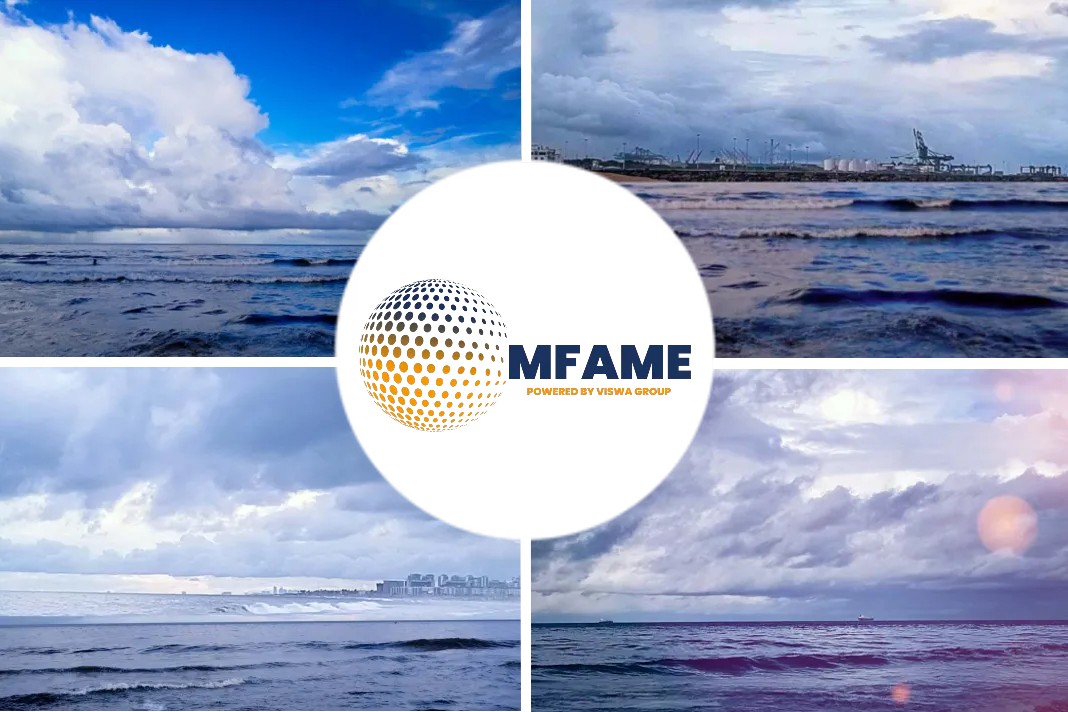- Valemax, Guaibamax ships eating into Capesize market share.
- Australia-China tensions hit coal shipments badly.
- Sub-Capesize sector counting on grain demand.
Volatility was the hallmark of the dry bulk freight market in 2020 and this is expected to follow suit into 2021 as it encounters new waves of infections, political tensions and inclement weather conditions, reports Platts.
Massive tonnage dislocation
While the pandemic wreaked havoc on the freight market in Q1 2020, the colossal Chinese stimulus measures helped drive up demand for seaborne dry bulk commodities, which in turn lifted shipping costs across the Capesize, Kamsarmax/Panamax, Supramax and Handysize segments.
Interestingly, the concerns around the much talked about IMO 2020 sulfur cap regulations were blown away by COVID-19, but worldwide lockdowns stifled demand and held up ships resulting in a massive dislocation of tonnage unlike anything seen in the past.
Additional coverage
The raging political skirmishes across the globe, too, has affected the freight market, while low oil prices offered shipowners some solace. The spread between 0.5% sulfur bunker fuel and 3.5% sulfur fuel averaged around $70/mt in the last three quarters after opening at $353/mt on Jan. 2.
S&P Global Platts CapeT4 Index, a weighted average indicator of the global Capesize market for ships burning compliant 0.5% sulfur fuel, having slumped to a low of $2,075/d on May 14, went on to hit a high of $33,438/d on Oct. 5 as China’s iron ore appetite ballooned.
Similarly, the weighted average Kamsarmax index, KMAX 9, which was launched in May, touched a low of $5,175/d and reached a high of $15,352/d, while averaging at $10,768/d over 2020.
The global economy, one of the key demand factors for the seaborne commodity trade, is expected to improve over 2021 on hopes of viable vaccines making forays in Q1. S&P Global Platts Analytics has projected global GDP growth at 5% in 2021, using a base-case scenario with moderate recovery speeds.
Capesize – Excess supply hurting freight
Iron ore prices soared due to supply disruptions. However, it had littleimpact on the Capesize freight rates.
Lower iron ore production by Brazilian miner Vale for 2020 has impacted the Capesize market badly. Vale cut its guidance to 300 million-305 million mt on Dec. 2 from 340 million-355 million mt made at the start of the year.
For 2021, it is targeting an output of 315 million-335 million mt.
“We expect Vale’s 2021 production [also] to be near the bottom of the guidance range. It is still better than what we had [in 2020],” a Capesize ship-owning source said. With iron ore prices at an eight-year high, other miners may ramp up production to make up for Vale’s lower output forecast.
Newbuilds eating into spot market
With over 100 Capesize ships, amounting to about 30 million dwt, slated for delivery in 2021, freight rates may come under pressure, a shipping analyst said, adding that 43% of these will enter the seasonally low Q1 market.
The newly built larger Valemax and Guaibamax ships are eating into the share of the spot Capesize market. These ships hauled around 106 million mt of iron this year and is expected to increase by 32% to 140 million mt next year, according to Vale.
While the Capesize share of coal cargoes fell in 2020, support has come from the West Africa to China bauxite flow, which has increased from 59.6 million mt in 2018 to 70.2 million mt in 2019, according to the World Bank. The annualized export volume from January to October this year was at 82 million mt, according to Klaveness Research.
Panamax, Supramax – Trade tensions hit coal shipping
The sub-Capesize segment was hurt by the dwindling coal cargo volumes. According to Platts Analytics, the pandemic has reduced seaborne thermal coal demand by 152 million mt to 911 million mt in 2020. It is expected to recover to 956 million mt in 2021, mainly on expectations of a recovery in Indian coal imports.
Import restrictions at Chinese ports saw spot demand for coal cargoes ebb and flow this year, which market sources expect to continue into 2021 as Beijing tries to manage its domestic coal prices. The China-Australia political strain has hit the Panamax and Supramax segments with the ceasing of Australian coal into China.
Meanwhile, China is looking to raise its coal imports from Indonesia having signed a Memorandum of Understanding worth $1.5 billion with Jakarta to supply 200 million mt of thermal coal over three years.
A shipbroker said: “China has only released coal [import] quotas because coal prices are damaging the economy. They do have space for imports.”
The increase in the share of Mongolian and Russian coal to China is impacting the seaborne freight market as cargoes from these origins move on trains as well as shorter sea passages.
Also, India’s thermal coal imports dropped steeply this year by about 35 million mt to 162 million mt. Platts Analytics expects imports to recover to 210 million mt in 2021.
Spiking demand in the Far East
The Panamax and Supramax sectors are looking to ride on the mushrooming grain demand in the Far East.
This is being driven by China, where wheat, soybean and corn consumption have increased 6.3%, 7.5% and 3%, respectively, this year, according to Platts Analytics, which has projected global trade for corn and soy bean for 2020/2021 to rise by 2.9 million mt to 193.7 million mt.
The world’s largest soybean exporter, Brazil, is expected to harvest 133 million mt in 2021, up 6% over last year.
Did you subscribe to our daily newsletter?
It’s Free! Click here to Subscribe!
Source: Platts
























